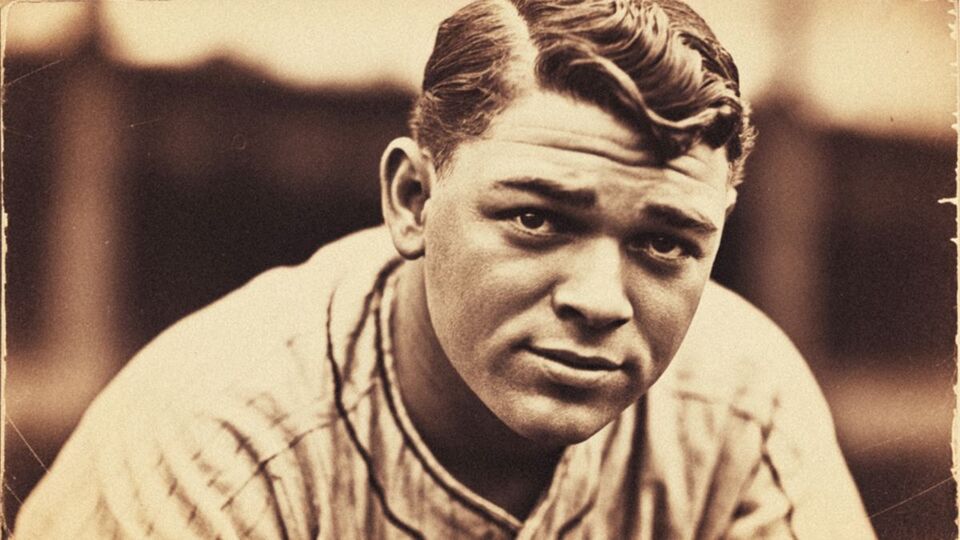
Learning how to be a better human by connecting with Muppets.
Jim Henson and Jane Nebel dedicated their lives to helping us all understand our emotions and learn to work together to build stronger communities. They used Muppets to give us a sometimes comical, yet always tender, perspective on relationships.
October 21, 2025 by The Foundation For A Better Life
Unlikely as it may seem, one of the Smithsonian Museum’s most cherished objects is a frog puppet fashioned from a coat that belonged to Jim Henson’s mother, with a ping pong ball cut in half for eyes and a blue-jeans leg trimmed to hide the puppeteer’s arm.
The frog is as popular as George Washington’s uniform and Abraham Lincoln’s hat. It was created by the young Jim Henson in 1955. Until that time, puppets featured wooden heads with stiff mouths and moved stiffly on theatrical stages. In contrast, Kermit was made for television. His giant mouth was expressive, perfect for close-ups. He had a clever wit and was a loyal friend. He was the peacemaker and the comic relief that children and adults needed in the turbulent 1960s.
Jim Henson pioneered a new way to puppeteer. More importantly, he forged new ground in breaking down barriers that prevented people from appreciating the richness of diverse communities and all that we can learn from each other.
“I know it’s easier to portray a world filled with cynicism and anger, where problems are solved with violence …. It’s an easy out,” Henson said in an interview. “What’s a whole lot tougher is to offer alternatives, to present other ways conflicts can be resolved, and to show you can have a positive impact on your world. To do that, you have to put yourself out on a limb, take chances and run the risk of being called a do-gooder.”
Such perspective led Henson to create lovable characters like Kermit and Miss Piggy, as well as characters like Oscar the Grouch, the self-accepting creature who lives in a garbage can and would have it no other way.
“It’s not garbage,” Oscar tells viewers. “It’s a collection of character!” And so we see the world through Oscar’s eyes and approach our own relationships with a little more understanding.
As Henson’s Muppets got increasingly more sophisticated, they became more expressive and relatable. There are the wisecracking old men, Statler and Waldorf, with their commentary from the peanut gallery. The affable Big Bird and his adorable naivete. Burt and Ernie and their strained relationship teach us patience. The variety of characters leads us through the variety of relationships we may experience in our lives and helps us navigate not only those relationships but also our own emotions.
“Always be yourself,” Henson admonished with a smile. “Never take yourself too seriously. And beware of advice from experts, pigs and members of Parliament.”
Jim Henson realized that to be more human, maybe we could best learn from giant yellow birds, garbage-dwelling grouches, pretentious pigs and a vulnerable little frog who is always honest with his feelings.
“As children, we all live in a world of imagination,” Henson said. “And for some of us, that world of make-believe continues into adulthood.”
Be Yourself. PassItOn.com.



